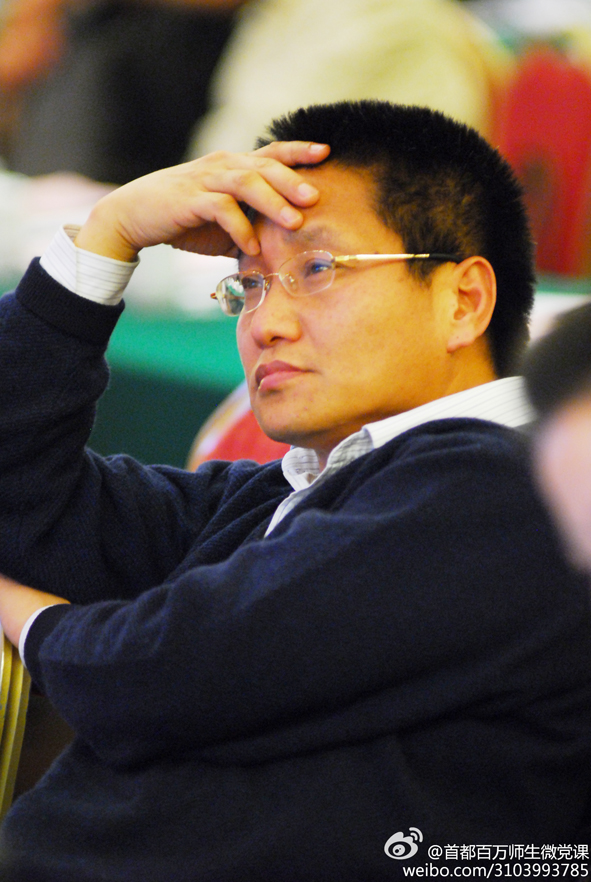Development and Reform Commission of Wuchang: As we all know that the existence of historical and cultural district will bring tremendous social and economic value to a city,however the government will be mainly responsible for the investment of its revitalization.I would like to ask Professor Jinkui Li,are there any practical methods for government to support and control during this process? Any successful cases for reference?
Jinkui Li: The protection of a historical and cultural district must be involved with government participation.But the money from the government investment should be fairly,efficient and well spent.Meanwhile this investment should be visible to the public for it is cultural heritage belonging to the whole society after all.
One successful case I would like to talk about is the project named‘The project of activating historical buildings’,launched by Hong Kong Government , it successfully brought back the lives of many historical buildings and embodied them with new economic values through collaboration with civil society.
Therefore,the first thing the government needs to do for investing the revitalization of old districts is to establish spaces open to the public.Second, we should make the investment better spent with social value, just like Mr Nicolai Peitersen just mentioned the investment of social impact, we should make evaluation from respects of risk,public affairs and social impact.Meanwhile,the government should attract more social investment for the revitalization.
Youyun Zhang: The new style of urbanization is all human based, thus the government investment to the development of historical and cultural district is no longer for the capital renewal but more focuses on the social and cultural impact which influence people’s livelihood.Therefore the revitalization of Tanhualin should be valued integrally from aspects of society,culture,ecosystem and civilization rather than the short-term economic feedback.

